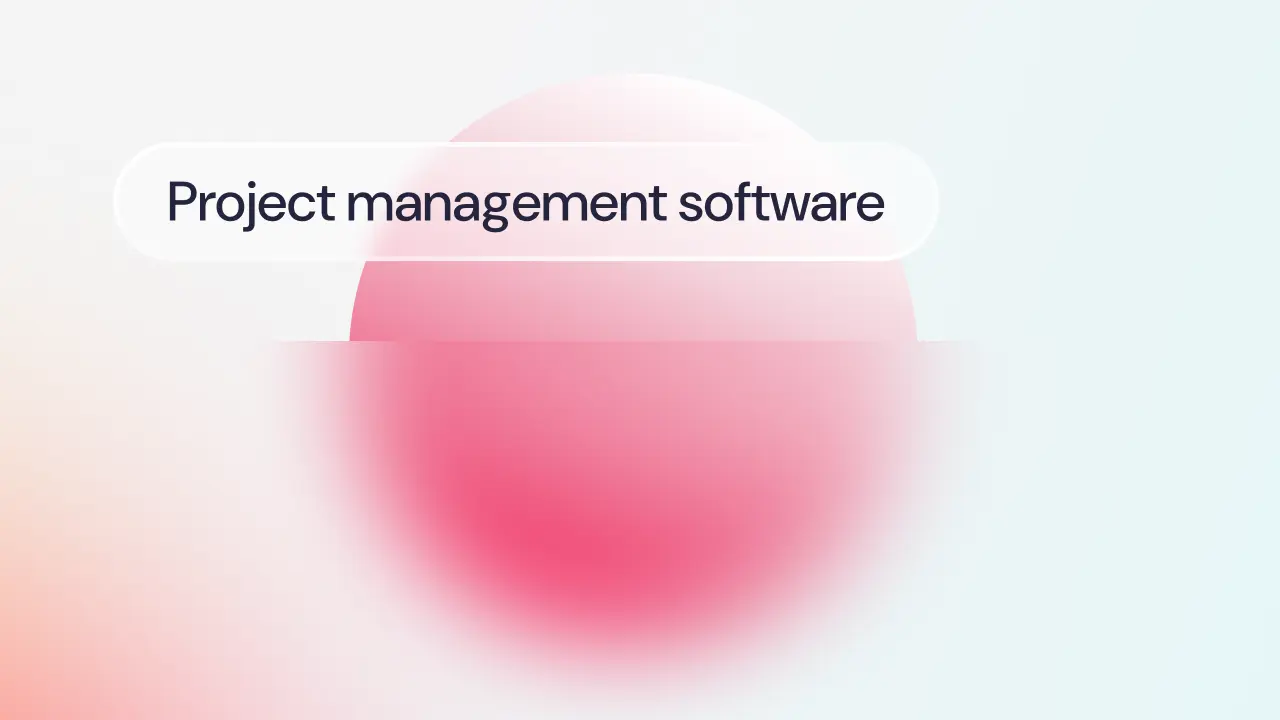What if we told you that you no longer have to do anything to announce your entry into the office? Meaning you don’t have to remember your company badge, or secret codes or fill in any Excel sheets? Welcome to the era of facial recognition!
You could say that there are two types of companies, or rather, two types of dominating attitudes in the face of news. There are those organisations that reject the novelty and those that instead accept it, exalt it and integrate it into their processes.
When we talk about innovation in the field of human resources, we refer to tools and work models that save time, money, and make everyone’s working life within the company easier. Facial recognition makes clocking-in easier and more comfortable than ever, and in this article, we will explain how.
- What is facial recognition?
- How facial recognition works
- Facial recognition applied to attendance detection
- More innovative methods to detect attendance today
- Advantages of applying facial recognition
- The importance of digitalisation of business processes
- Factorial’s attendance tracking software
What is Facial Recognition?
For many, facial recognition won’t sound like anything new. So many of us unlock our mobile phones through the facial recognition features installed within our devices without even thinking twice about it.
We can certainly identify facial recognition as a representation of a significant turning point in technology that characterises the times in which we live. In summary, facial recognition is nothing more than a biometric technique that allows you to uniquely identify a person’s face. In this, it differs from simple face detection.
Facial Recognition vs. Face Detection
While these two terms are often used interchangeably it is important to understand that there is a significant distinction. Especially, if a company is considering implementing one of these solutions within its systems.
Face detection can be translated simply as the detection of a subject’s face. For example, when you take a picture of your friends, the facial detection algorithm built into your camera will detect where their faces are located. This will allow the camera to focus on the right places, therefore obtaining a clearer picture.
These types of tools only work to detect a human face. Facial recognition, on the other hand, allows you to go further than that by associating a face with an identity. This occurs through a system analysis that searches its database for the information associated with that face. This is precisely why facial recognition features can be so useful for employees and companies to make company processes quick and easy.
How Facial Recognition Works
Facial recognition technology is a biometric tool just like the fingerprint. This tool is most commonly used to unlock devices, thanks to the algorithm that allows you to identify a person’s facial features.
What occurs when a face appears in front of facial recognition software is the mapping of that face. The points of the face considered most important for the purpose of recognition, are features such as the eyes, the position of the nose, etc, and these facilitate the mapping process.
Once these features have been identified, the system will carry out a work of comparison with other faces until it identifies the person who is facing the device. This technological development has revolutionised one of the many daily tasks of employees, facilitating the clocking in process.
Facial Recognition Software Applied to Attendance Tracking
When it comes to attendance tracking, each company has its own method. There are those that only enable clocking in through badges, or by filling in Excel sheets, or via apps, desktop software or cloud software.
Attendance detection has undergone an important evolution. Due to it being an operation that must be carried out by everyone within the organisation, companies are always looking for methods to make clocking in as simple and precise as possible.
HR software like Factorial, which always looks ahead and seeks the best solutions to assist HR managers in their daily work, has been developed to offer an additional attendance option.
In fact, with Factorial it is possible for employees to easily clock in and track their working hours with our facial recognition software. Making it even faster for employees to log and view their working hours.
More Innovative Methods to Detect Attendance Today
As mentioned above, there are several ways to track employee attendance. However, two ways, in particular, are catching on and becoming more and more popular within companies. These include an attendance tracking app and the attendance QR code.
Attendance tracking app
Time and attendance apps allow you to clock in, directly from the employee’s personal device. This evolution is due to the fact that we are now all equipped with smartphones and internet connections. Meaning, the only thing an employee needs to clock in in a second via the app. Every app offers different functionalities based on your needs. At Factorial we have those that are exclusive for attendance tracking, and others that are more complete, which also allow other features such as the management of holidays and absences directly from a mobile phone, for example.
The main convenience of a time and attendance app is its simplicity. There is no need for manual entry, with one click the stamping information will be automatically updated.
With the implementation of facial recognition software, the need to click to clock in is eliminated. Just place your face in front of the device and your working day will be correctly stamped. It couldn’t be simpler, right?
Time and attendance QR code
QR codes are almost everywhere nowadays and are used for many different purposes. They’re used to lead users back to online pages, to lead them to virtual shops or to discover playlists, among many other things. QR codes within the context of attendance, refer to a unique bar code that is used to signal one’s presence at work.
Also, in these cases, comfort and effectiveness are assured as only a mobile phone is needed. Just present the QR code when requested when entering and leaving work.
Both of these innovative systems have been developed and integrated into Factorial’s software. Therefore, they allow you to detect the presence of employees in an instant. And they do this whilst storing accurate stamping records.
Advantages of Applying Facial Recognition in the Workplace
Thanks to the use of facial recognition, life is made easier not only for employees but the human resource departments as well.
The significant advantage for employees is the fact that using facial recognition, they will be able to mark their entry or exit from work without having to do anything besides turning the device towards their face.
Facial recognition is also very useful for HR teams. They can have a clear overview of their employees working hours without having to manually add peoples shifts and clock-in times.
In some companies, facial recognition can be particularly useful for managing the flow of people entering and leaving offices or warehouses. On other occasions, it can be useful to ensure security, especially if only authorised people have access to certain spaces.
The application of facial recognition is certainly an important step forward. We believe it will only become more and more widespread in the coming years, given how usabilty.
The Importance of Digitisation of Business Processes
Although the use of the word digitisation has exploded in the last 12 months, with companies claiming they are always seeking to innovate, there are still businesses that manage their time tracking processes through outdated methods, that no longer respond to the needs of the workforce.
It is crucial to understand why some attendance detection methods are no longer suitable today.
With time, everything changes and transforms, including working methods. Smart working and teleworking have now taken hold and are in effect working methods that are here to stay and in some cases have completely replaced working from the office.
Today, digitisation is one of the most important resources that companies have at their disposal. Business digitisation has become crucial to ensuring the proper performance of normal work activities, including the detection of attendance, which in today’s context is taking place more and more online.
Factorial's Attendance Tracking Software
Factorial is a cloud solution that manages, among other things, the detection of employee attendance in a simple and accurate way. This allows you to say goodbye to clock-in badges and Excel sheets that only waste time.
Thanks to Factorial it is possible to:
- Detect the hours worked by employees. Both managers and employees will be able to view working hours in a few clicks. Furthermore, they can monitor shifts, check holidays and absences and enter any comments.
- Monitor all activities. Managers will have the ability to approve or reject employee timesheets and manage extra and overtime shifts.
- Reduce absenteeism. Managers will be able to receive notifications for inbound and outbound bookings and check for truancy.
- Stamping easily via the app. Employees can stamp without the need for tags or badges. Your smartphone will be sufficient and will also keep track of geolocations.
- Sign and approve employee hours. Approving employee hours will be easy thanks to the digital signature! This will allow you to speed up the sending of payslips.
- Allowing stamping via QR code and facial recognition. Using a simple barcode, or face recognition on a smartphone, employees will be able to clock in and out in just a few seconds.
- View reports and data on hours and attendance. You can download weekly summaries and always keep an eye on the hourly productivity of employees.

